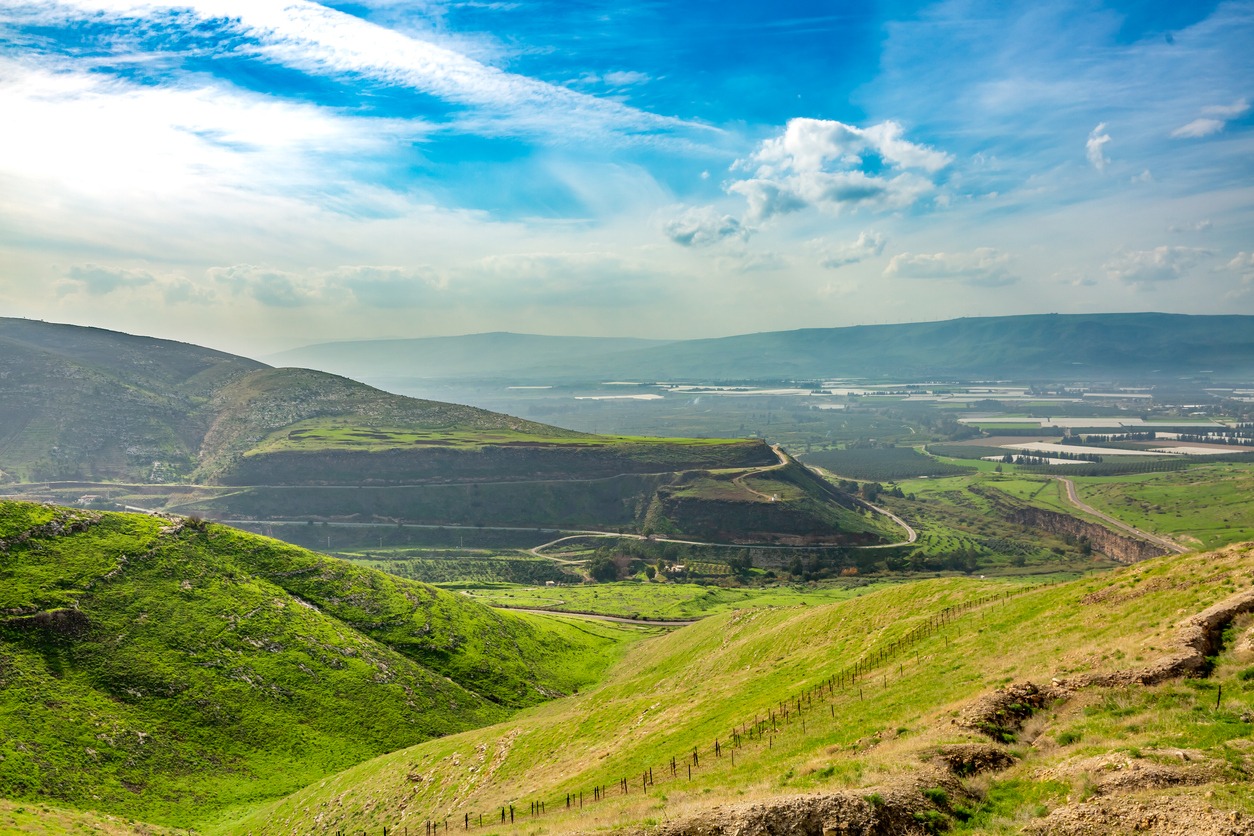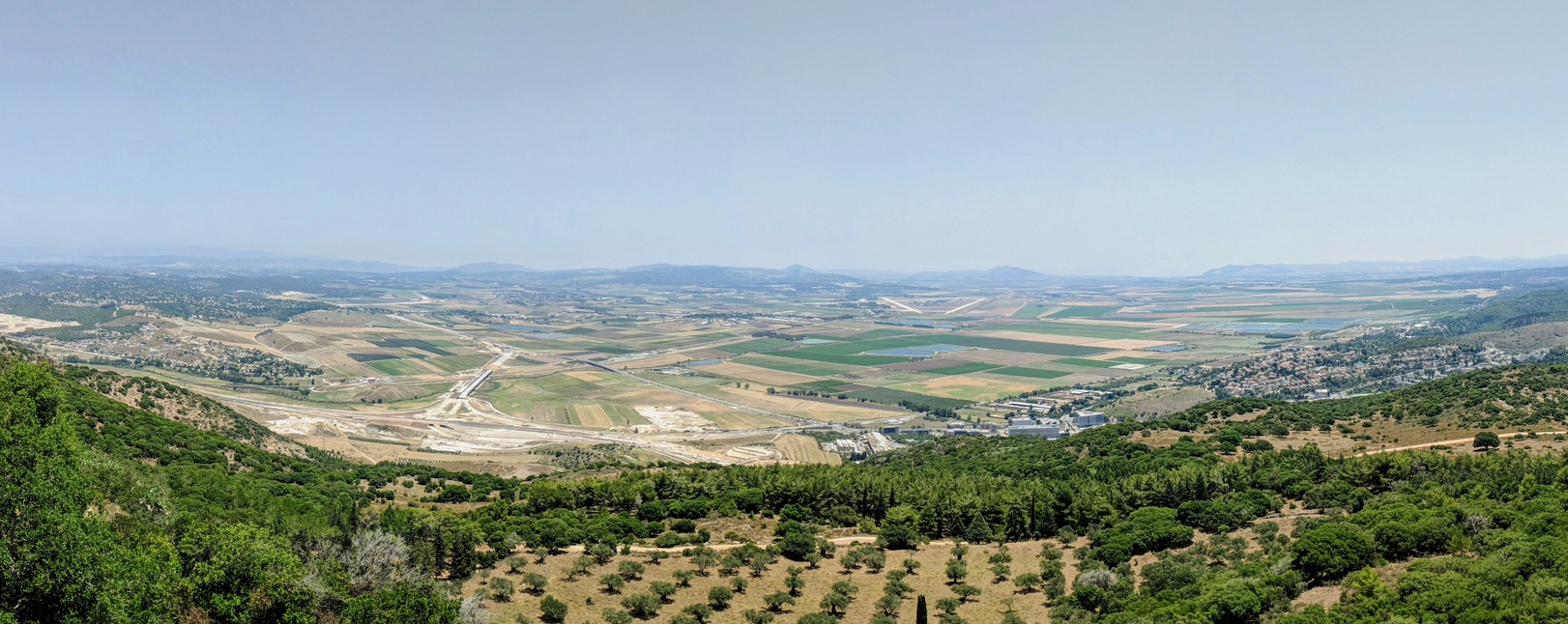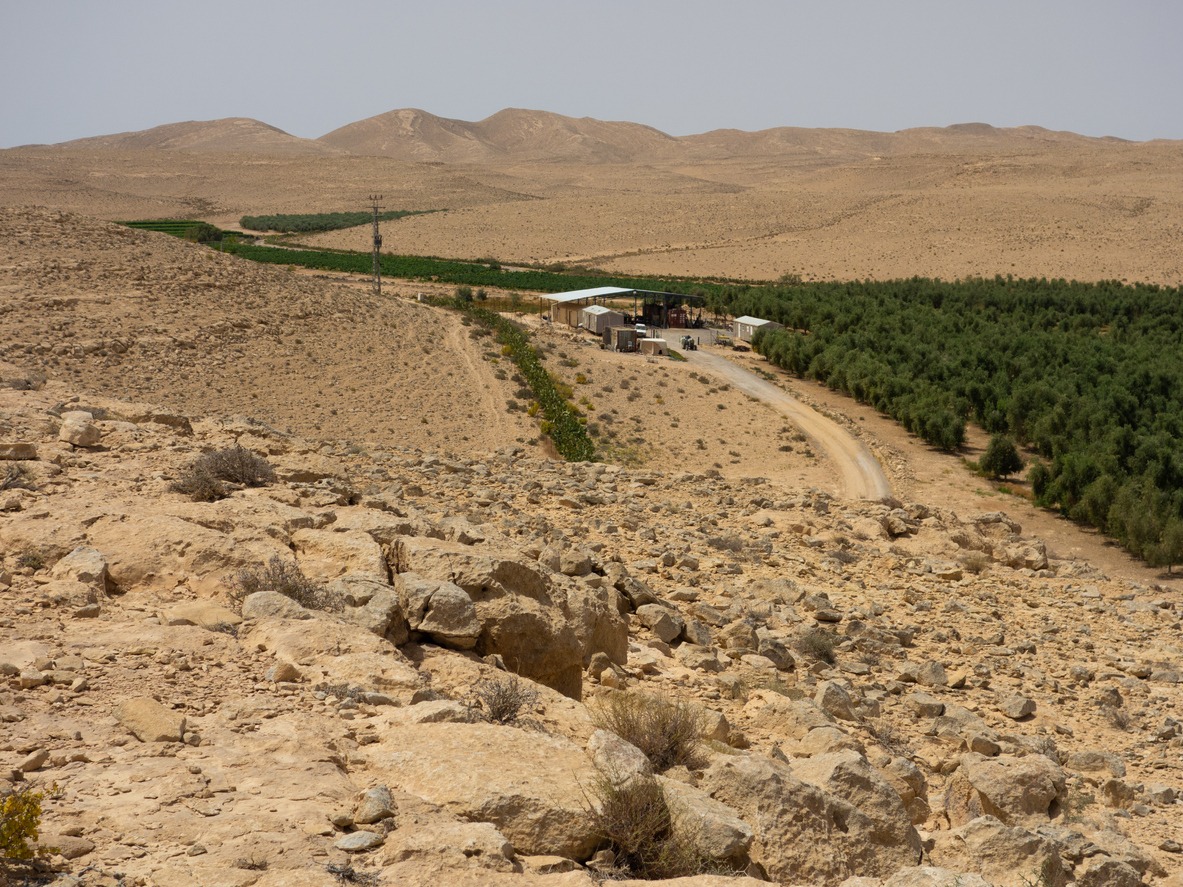If you think of wines in the Holy Land, the sacramental wines are the first things that probably come to mind. Well, not anymore.
Israel, known as the “Land of Milk and Honey,” could also be your next wine destination.
Winemaking in Israel has a long and rich history since viticulture was first introduced there thousands of years ago, with several biblical references to local vineyards. However, this industry was virtually put to a halt during the Islamic occupation until it was revived in the late 19th century.
Hikers and tourists may walk anywhere in Israel and find a number of ancient wine presses, giving evidence of the country’s long winemaking history.
For many years, Israeli vintners produced wines from high-yielding vineyards, with results ranging from generic to very sweet. But the Israeli wine industry has seen significant development in recent decades. The new breed of Israeli winemakers is not afraid to push boundaries, experiment with indigenous wine grape varieties, and employ the latest winemaking technologies. These developments result in wines that can compete against some of the world’s better-known vintage wines – and win several awards and accolades. Naturally, you can also find “kosher wines” here in Israel.
Israel produces around 40 million bottles of wine annually. Among the key grape varieties are Cabernet Sauvignon, Merlot, Syrah, Sauvignon Blanc, Chardonnay, as well as several indigenous grape varieties identified in the recent years.
While Israel is a small country – roughly the size of New Jersey – it features complex terroirs and dramatic microclimates ranging from the cool, high-altitude mountains to the warm coastal plains to desert areas. The following are the key Israeli wine regions, ranked by approximate percentage of the country’s domestic wine production:
Judean Foothills (27%)
The Judean Foothills is mainly located in the West Bank, between Jerusalem and Tel Aviv. This little region consists of 27% or nearly a third of all of the country’s vineyards. Known for its wine production in biblical times, the Judean Foothills is home to several small wineries. Many of these wineries consist primarily of terra rossa topsoil over limestone bedrock. The vineyards benefit well from the climate fluctuations, resulting from the warm daytime temperatures, offset by the cooling breeze off the Mediterranean Sea and cool nighttime temperatures. There’s also a significant increase in elevation, going from 300 to 1,000 meters (984 to 3,280 feet) within the region.
Among the notable wineries in the Judean Foothills include Gush Etzion, Flam Winery, and the Judean Hills Quarter group of wineries.
Galilee (25%)
Galilee, one of Israel’s biggest wine regions, is located in the north of the country. It is divided into Upper and Lower Galilee. The Upper Galilee, just next to the Lebanese border, is a hilly and forested area with many vineyards planted at altitudes rising up to 1,000 meters (3,280 feet). The soils in the Upper Galilee consist of volcanic, terra rossa, and gravel. The Lower Galilee has elevations ranging from 250 to 400 meters (600 to 1,300 feet), with volcanic and limestone soils.
Notable Galilee wineries include Amiad Winery, Berenice Winery, Miles Winery, Abouhav Winery, 3 Vines Winery, Netofa Winery, Amram Winery, and Tabor Winery.
Golan Heights (18%)
The Golan Heights is located in the northeastern corner of Israel, a volcanic plateau rising up to 1,200 meters (3,937 feet) above sea level. The region is known for its high elevations and cool climate, with the snow-covered Mount Hermon being its highest peak. The Golan Heights is divided into three subregions: the southern Golan, the middle Golan, and the Upper Golan. First planted in 1976, this wine region is where most of the global attention is focused these days. Golan’s high altitude is critical in driving the country’s recent wine revolution, with many of its wines winning awards and accolades.
The Golan Heights Winery, Chateau Golan, Assaf Winery, Pelter Winery, Odem Mountain Winery, Ein Teina Winery, Bazelet HaGolan, and Terranova Winery are some of the wineries you can find in this region.
Coastal Plain (15%)
From the cooler, elevated wine regions in the north, let’s now go down to the hotter wine areas.
The Coastal Plain wine region is located in Tel Aviv. It features a hot and humid climate and has alluvial soils mixed with sandy, clay loams, with a fair bit of terra rossa. It was one of the first areas planted by Rothschild in the 1880s, only because it was next to some of the farming villages. However, it is better known for growing citrus fruits and strawberries than wine grapes. Many of the vineyards have been replaced by commercial and residential buildings.
The Coastal Plain is divided into two subregions – the Northern and Central Coastal Plain. The Northern Coastal Plain includes vineyards in Hanadiv Valley and areas east of Binyamina. The Central Coastal Plain, on the other hand, is located southeast of Tel Aviv and includes Gedera and Mazkeret Batya.
Alexander, Meishar, and Recanati are among the wineries in this region.
Central Mountains (11%)
The Central Mountains region crosses Israel from Haifa to the Dead Sea. It includes Mount Carmel, Menashe Hills, Shomron Hills, and the Judean Hills around Jerusalem. Most of the vineyards are situated in the valleys around Binaymina and Zichron Ya’acov. This is also where Baron Edmond de Rothschild planted vineyards at the end of the 19th century. The terrains of the Central Mountains consist of calcareous clay, chalk, limestone, and terra rossa.
Wineries include Carmel, Tulip, Maia, and Somek (Mount Carmel); Gvaot and Tura (Shomron Hills); and Ella Valley, Five Stones, Hayotzer, Jerusalem, and Teperberg (Judean Hills).
Negev Highlands (4%)
Further down south lies the Negev Highlands, Israel’s only desert (not dessert) wine region. The vineyards were first planted in the 1990s and are exceptional examples of Israel’s agricultural prowess. The soils in this arid desert region consist of sandy loam and loess. The dry conditions and low humidity help protect the grapevines from diseases.
Yatir is the best-known winery there, situated on the hill 900 meters (2,952 feet) above sea level on the outskirts of Yatir Forest. Other wineries in the Negev include Nana Estate and Carmey Avdat Farm.
For the ideal Israeli gastronomic experience, pair Israeli wines with some of the delicious popular types of cheeses in Israel.
Also, check out our Israeli wine update.




